Secret societies have always intrigued people with their aura of mystery and exclusivity. These organizations often operate in the shadows, away from public scrutiny, creating a sense of allure and speculation. Many are shrouded in secrecy, with activities and members hidden from public view. Some of these societies have been linked to powerful political figures, business leaders, and influential thinkers, further adding to their enigmatic reputations. Here are some secret societies that you might not know existed, each with its own unique history and fascinating details.
The Bohemian Club
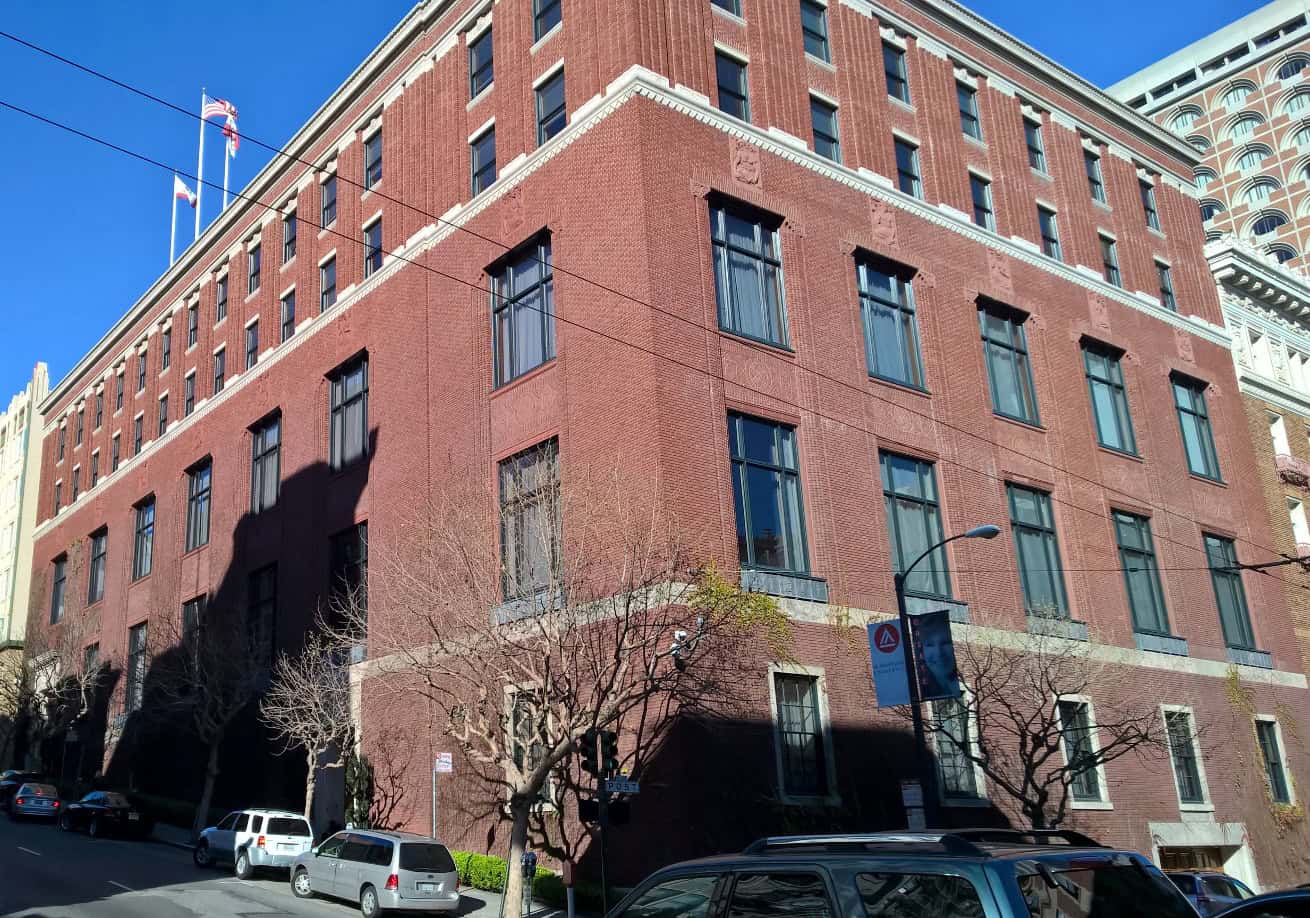
The Bohemian Club was founded in 1872 in San Francisco, California. It is an all-male club that gathers influential figures from various fields, including politics, business, and the arts. Members meet annually at Bohemian Grove, a secluded 2,700-acre campground in California, where they participate in artistic performances and rituals. The club’s motto, “Weaving Spiders Come Not Here,” suggests that business deals are discouraged during gatherings.
The Bilderberg Group

Established in 1954, the Bilderberg Group is an annual conference attended by influential leaders from North America and Europe. The group’s inaugural meeting was held at the Hotel de Bilderberg in the Netherlands, hence its name. The goal was to foster dialogue between Europe and North America during the Cold War. Discussions at Bilderberg meetings are kept confidential, leading to speculation and conspiracy theories. Topics typically cover major global issues like economic policy, international security, and environmental concerns. Despite its low public profile, the Bilderberg Group significantly impacts global decision-making.
The Freemasons

Freemasonry is one of the oldest and most well-known secret societies, with roots tracing back to the late 16th century in Europe. It operates as a fraternal organization that promotes moral and personal development through rituals and symbolism. Freemasons meet in lodges, where they follow a structured hierarchy and use secret signs and handshakes to identify each other. Freemasonry’s influence has spread worldwide, with millions of members across various countries. Despite its secrecy, many notable figures have been Freemasons, including George Washington and Winston Churchill.
The Rosicrucians
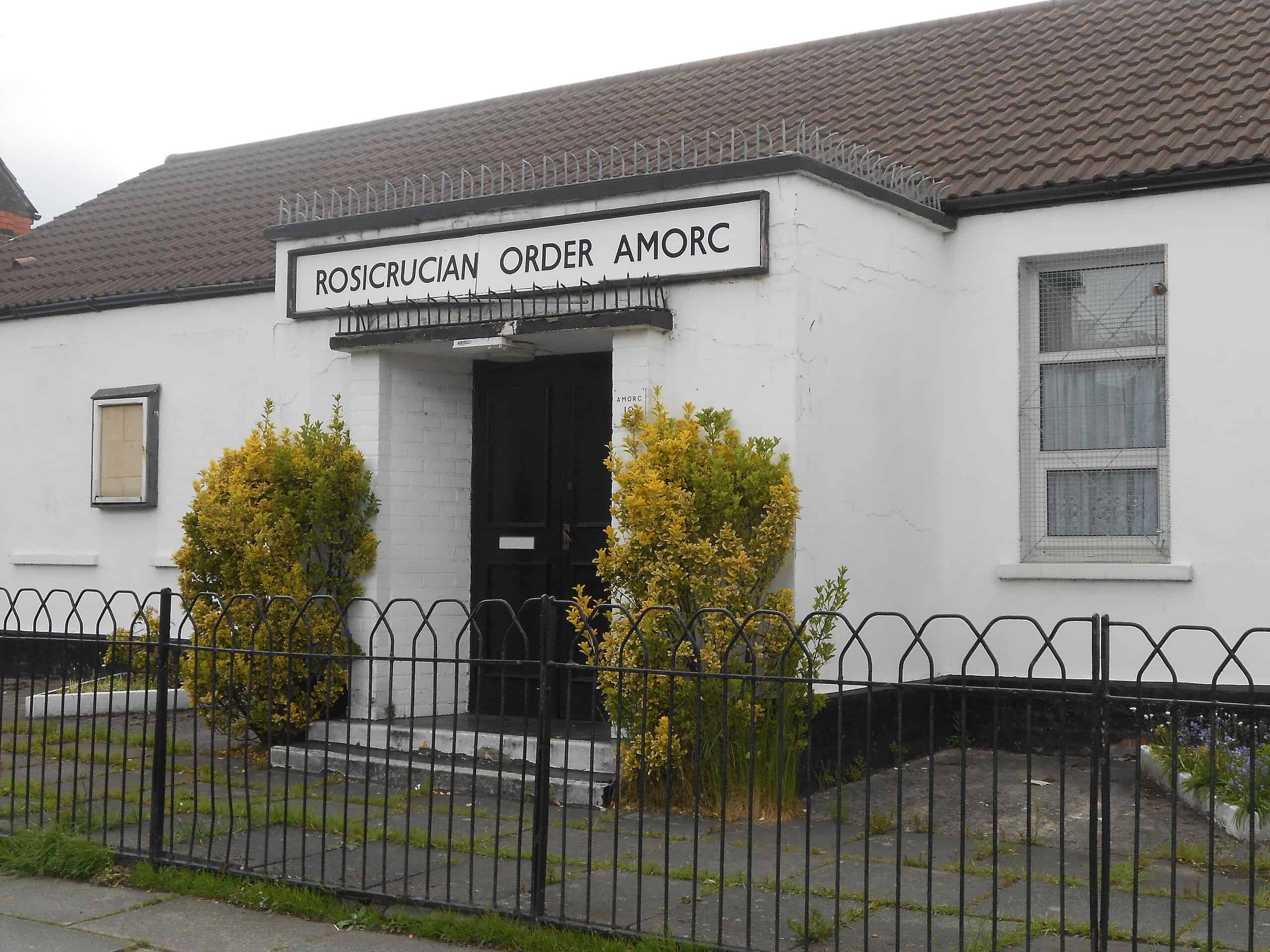
The Rosicrucian Order, also known as the Ancient Mystical Order Rosae Crucis (AMORC), was founded in the early 17th century in Europe. It combines elements of alchemy, Hermeticism, and Christian mysticism. Rosicrucians seek spiritual enlightenment and esoteric knowledge through study and meditation. The order gained public attention through manifestos published in the early 1600s, which claimed the existence of a hidden society of sages. The Rosicrucian philosophy emphasizes the harmony between science and spirituality.
The Hermetic Order of the Golden Dawn
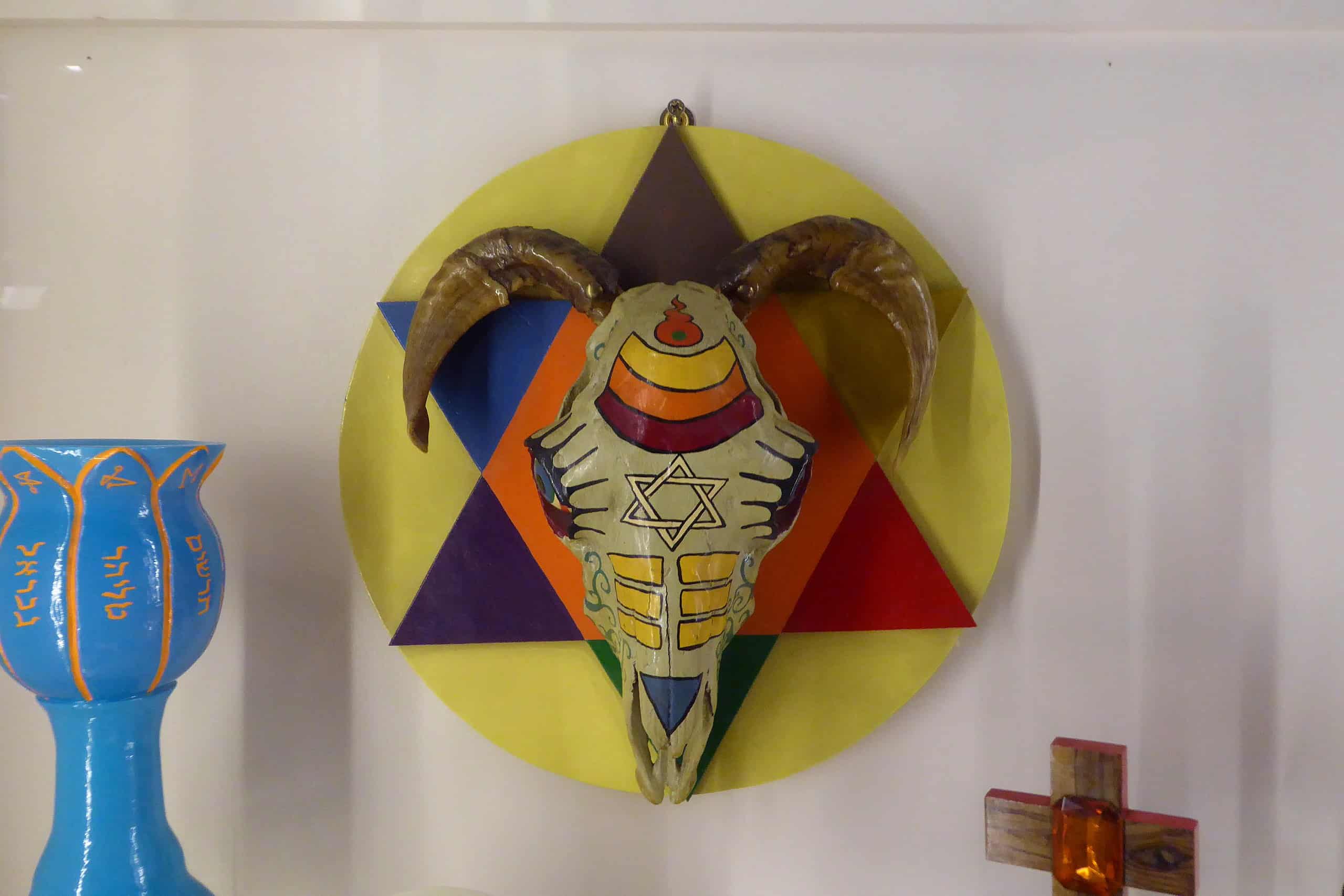
Founded in the late 19th century in London, the Hermetic Order of the Golden Dawn is a magical order dedicated to the study and practice of the occult, metaphysics, and paranormal activities. The order’s rituals and teachings draw from various traditions, including Kabbalah, alchemy, and astrology. The Golden Dawn had a significant impact on modern occultism and influenced many prominent figures, such as Aleister Crowley. Members progress through a series of grades, each associated with specific knowledge and practices. Despite internal conflicts leading to its decline, the Golden Dawn’s legacy continues in contemporary magical practices.
The Illuminati
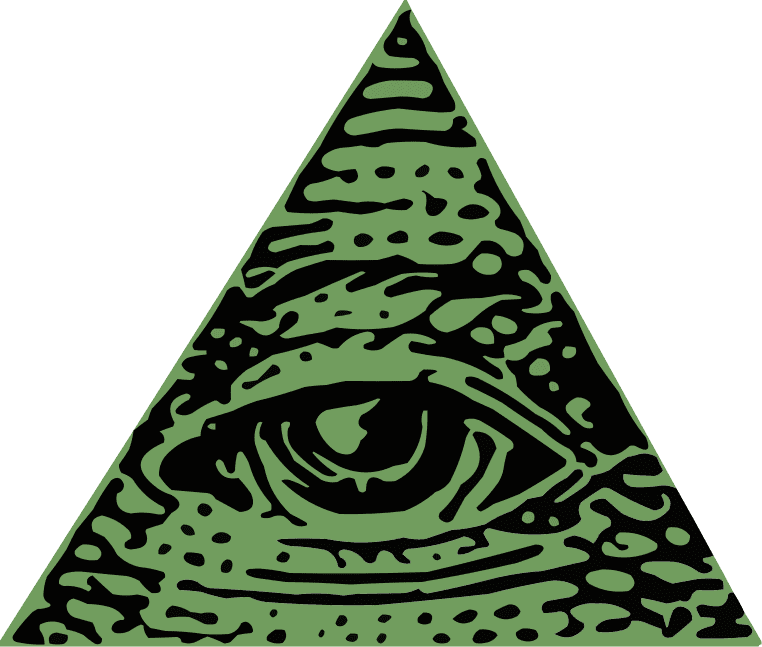
The Illuminati, founded in 1776 in Bavaria by Adam Weishaupt, was originally a secret society aiming to promote Enlightenment ideals and secularism. It sought to challenge religious and political authority and was composed of intellectuals and freethinkers. Despite being banned and disbanded by the Bavarian government in the late 1780s, the Illuminati remains a popular subject in conspiracy theories. Many believe the Illuminati still exists and controls global events from behind the scenes. The group’s supposed influence over world affairs has been a staple of popular culture, often depicted in books, films, and television.
Skull and Bones
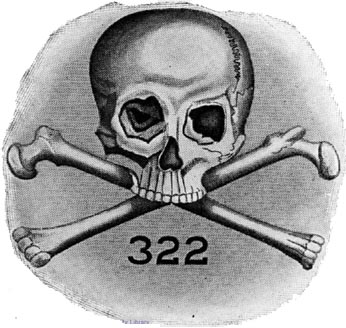
Skull and Bones is a secret society at Yale University, established in 1832. Known for its influential and powerful members, the society selects new members from the senior class each year. Its rituals and activities are highly secretive, contributing to its mystique and numerous conspiracy theories. The society’s symbol, a skull and crossbones, and the number 322, are iconic. Many prominent figures, including several U.S. presidents and business leaders, are Bonesmen. Despite its secrecy, Skull and Bones has a reputation for fostering connections that influence politics and business.
The Thule Society

The Thule Society was founded in Germany in 1918. Named after a mythical northern country from ancient Greek lore, it focused on Aryan purity and anti-Semitism. The society’s members included influential figures who later played significant roles in the Nazi Party’s rise to power. Thule members were instrumental in shaping early Nazi ideology and propaganda. Despite its relatively short existence, its connection to Nazi Germany has left a lasting impact on history and conspiracy theories.
The Black Hand
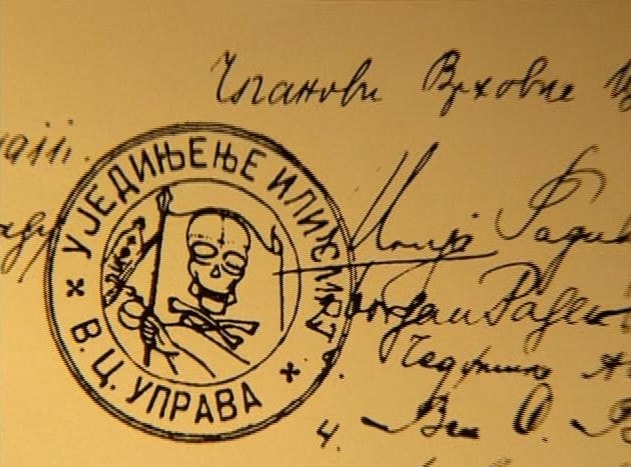
Founded in 1911 in Serbia, The Black Hand was a secret military society. Its primary goal was to create a Greater Serbia through the use of violence and propaganda. The group is most infamous for orchestrating the assassination of Archduke Franz Ferdinand in 1914. This event directly triggered the outbreak of World War I. The Black Hand’s members included key military officers and political activists, making it a powerful underground force. Despite its disbandment after the war, its legacy continues to be studied and debated by historians.
The Priory of Sion
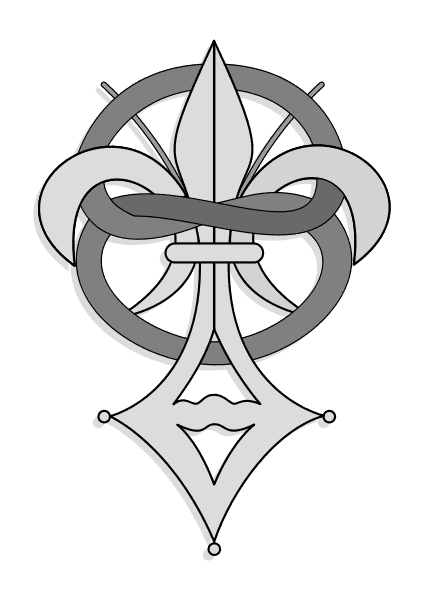
Allegedly founded in 1099, the Priory of Sion is steeped in mystery and intrigue. Popularized by the novel “The Da Vinci Code,” it is said to protect the secrets of the Holy Grail and the bloodline of Jesus Christ. The society’s supposed connections to historical figures and events have fueled numerous conspiracy theories. Despite the lack of concrete historical evidence, the Priory of Sion continues to captivate the public’s imagination. Its secretive nature and claimed lineage make it a subject of ongoing fascination and speculation.
The Sons of Liberty

The Sons of Liberty was founded in the 1760s in the American colonies. It was a secret organization formed to oppose British rule and advocate for colonial independence. Members organized protests, disseminated revolutionary ideas, and used both legal and extralegal means to resist British policies. The group’s most famous action was the Boston Tea Party, a direct protest against British taxation. The Sons of Liberty played a crucial role in galvanizing public support for the American Revolution, leaving a lasting legacy in American history.
The Knights Templar
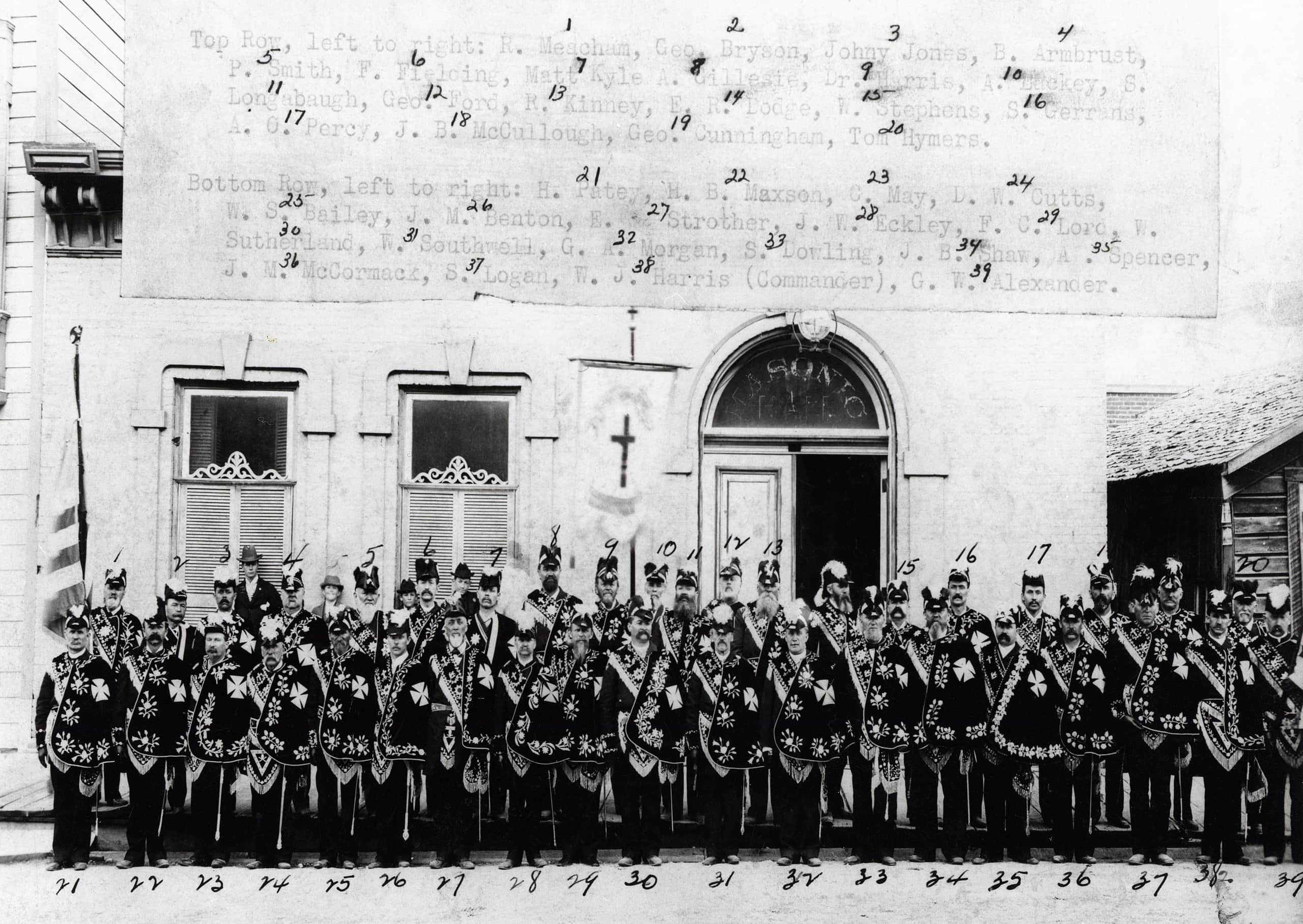
Established in 1119, the Knights Templar was a medieval Christian military order. Known for their distinctive white mantles with red crosses, the Templars played a significant role in the Crusades. They were also renowned for their financial acumen, establishing an early form of banking that allowed safe transfer of money across Europe. The Templars amassed great wealth and influence, which eventually led to their downfall. On Friday, October 13, 1307, many Templars were arrested and later executed under orders from King Philip IV of France. Modern Templar groups claim descent from these original knights and continue to promote their legacy.
The Order of Nine Angles
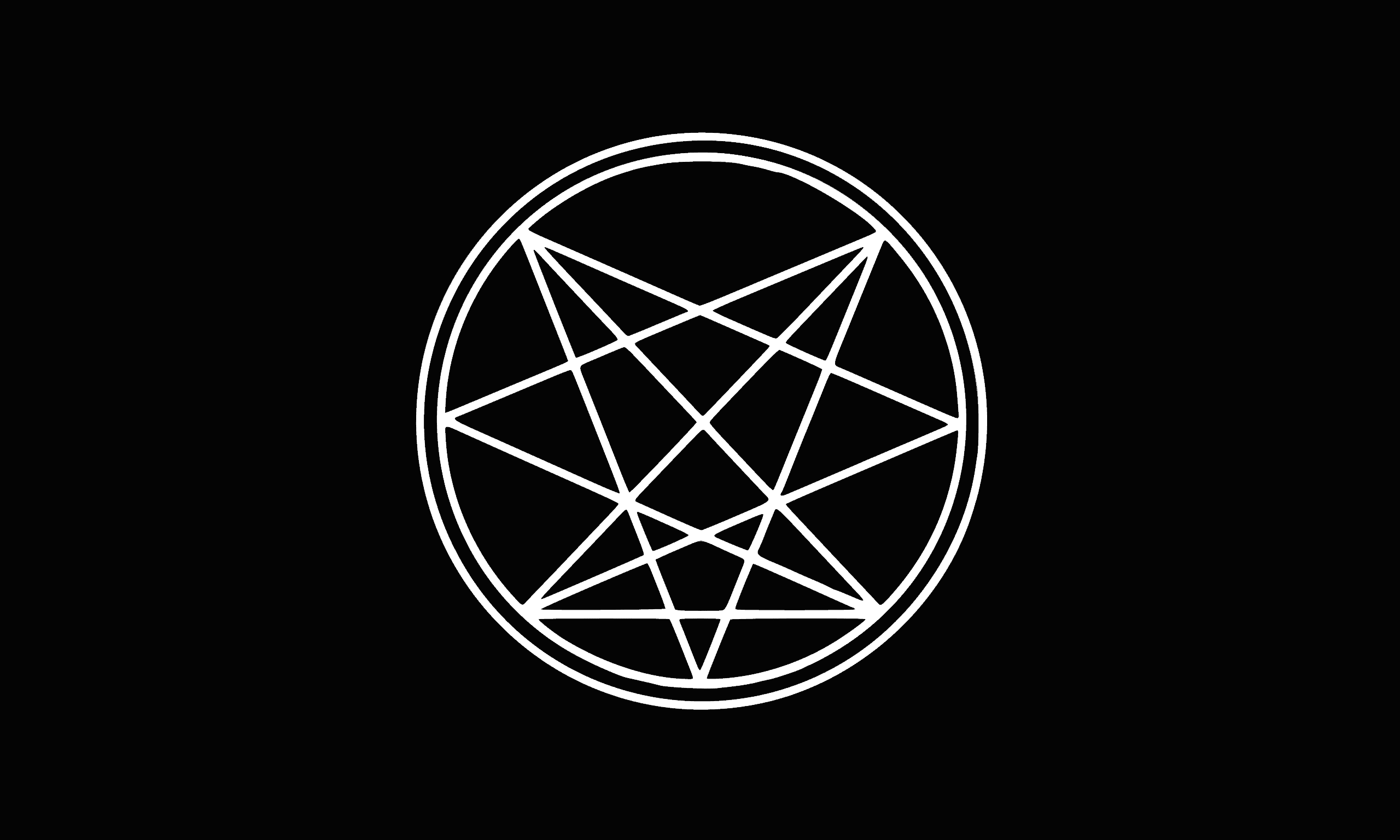
The Order of Nine Angles (ONA) is a secretive group founded in the 1970s in the United Kingdom. Associated with occult and satanic practices, the group promotes a unique philosophy that combines elements of Nazism and Satanism. The ONA’s beliefs and rituals are highly controversial and often condemned by mainstream society. The group advocates for the development of personal and societal excellence through challenging conventional moralities. Despite its fringe status, the ONA has a dedicated following and continues to influence the broader occult community.
The Ancient Order of Druids
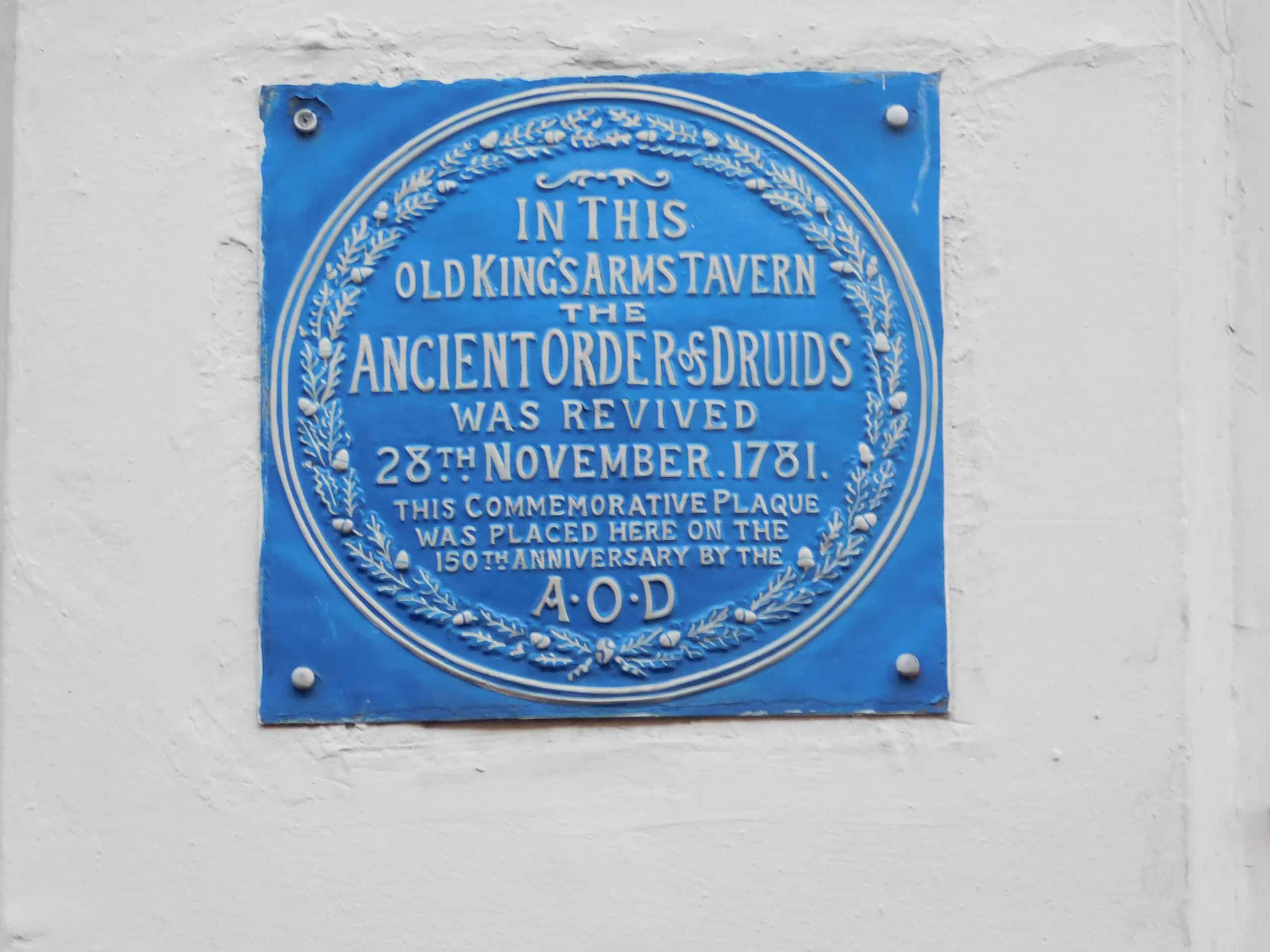
Revived in the 18th century, the Ancient Order of Druids draws inspiration from ancient Celtic traditions and practices. It focuses on nature worship, druidic rituals, and philosophical discussions. The society emphasizes moral and philosophical development, often engaging in environmental activism and the celebration of natural cycles. Modern Druids gather for rituals and festivals that honor ancient customs and the changing seasons. The Ancient Order of Druids remains active today, promoting a deeper connection with nature and spiritual growth.
The Odd Fellows
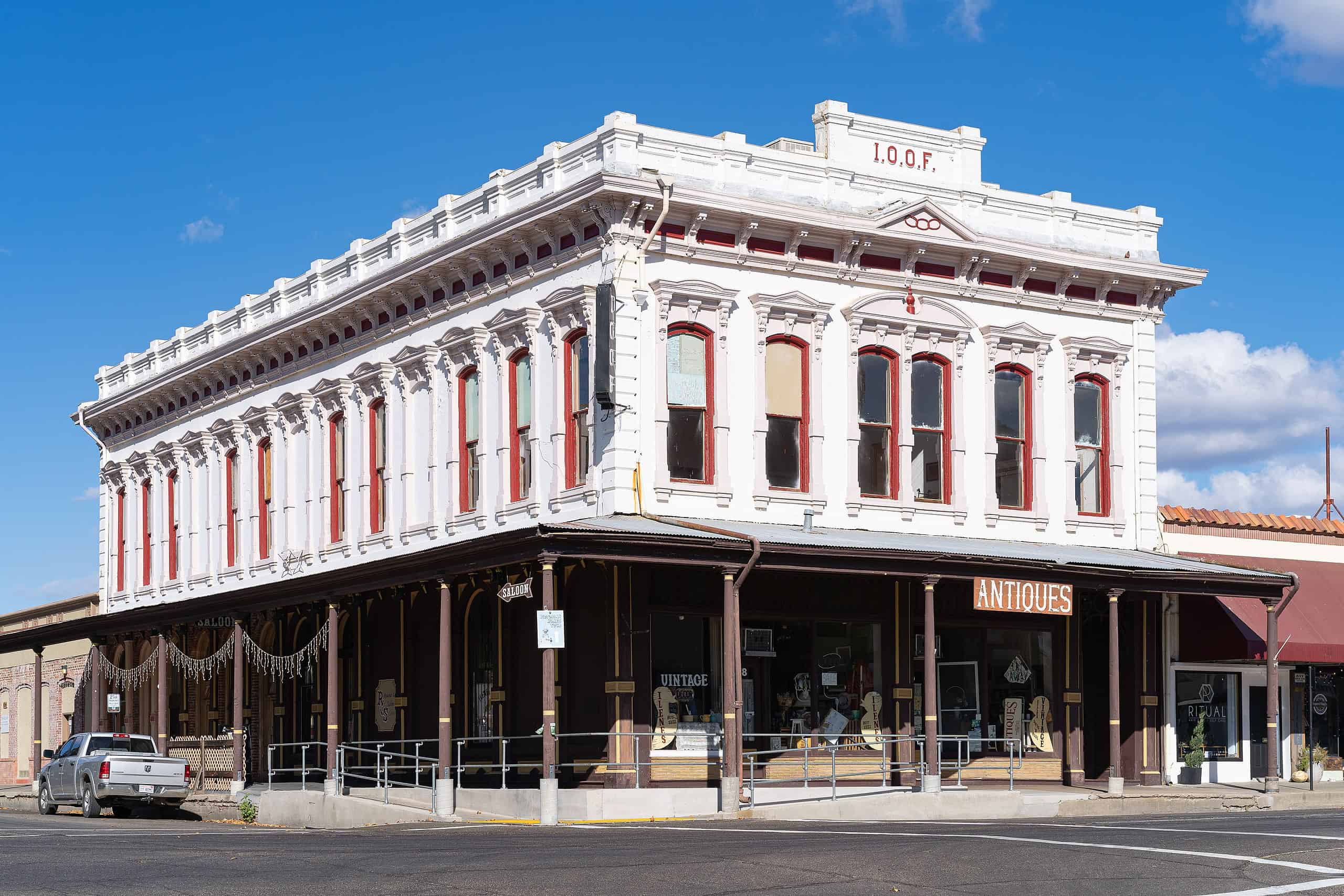
Formed in the 18th century, the Odd Fellows is a fraternal organization that promotes charity, friendship, and truth. Members engage in community service and mutual aid, often working to support local charities and initiatives. The society’s rituals and symbols are kept secret, adding to its mystique. The Odd Fellows’ emblematic three-link chain symbolizes friendship, love, and truth. Today, the organization remains active worldwide, with a focus on benevolence and social welfare.
This article originally appeared on Rarest.org.
More from Rarest.org
The 20 Most Valuable Coins Ever Minted in the U.S.
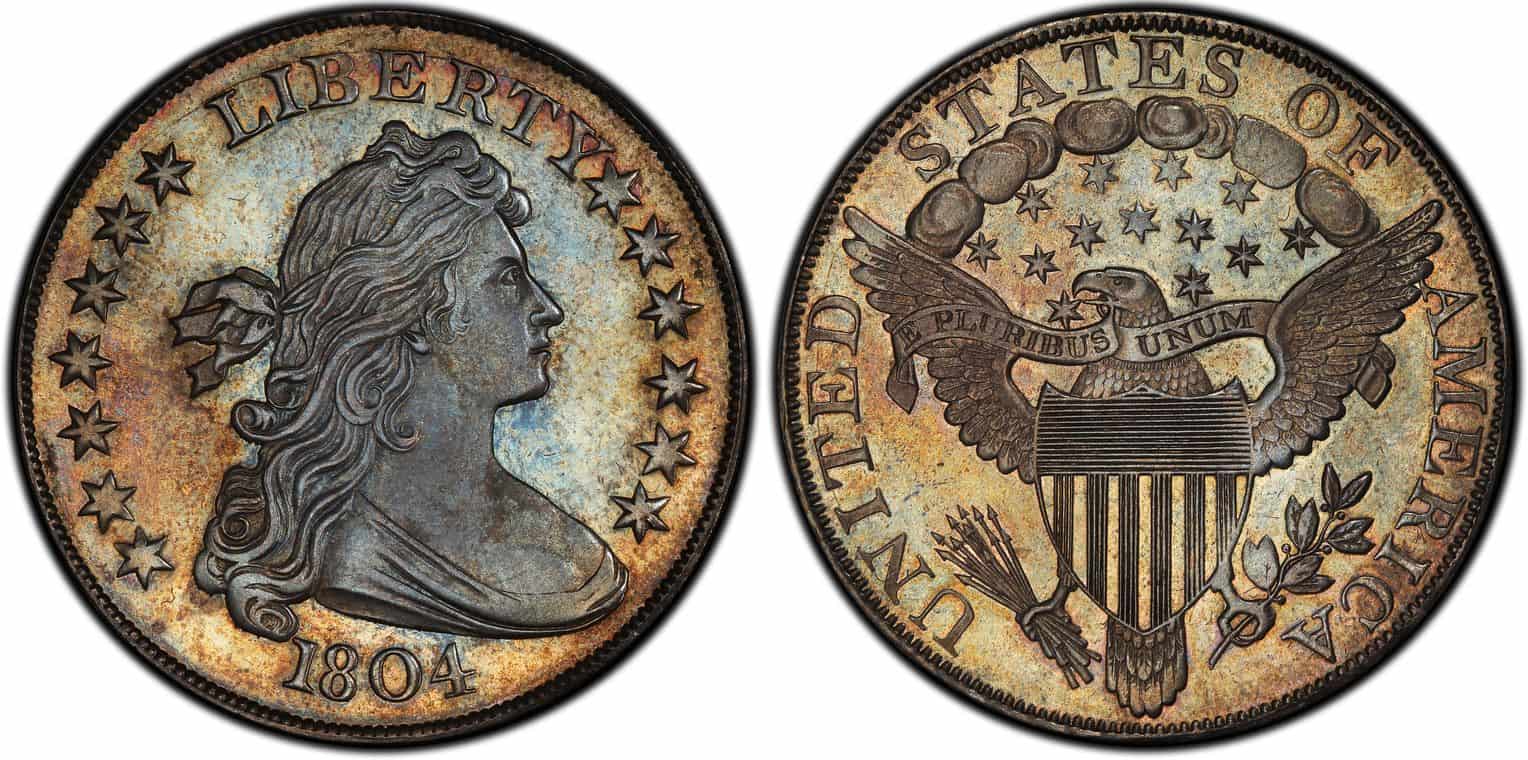
Collecting coins can be a fascinating journey through history, especially when it comes to the most valuable coins ever minted in the United States. Read More.
18 Rare Antique Maps and Their Histories
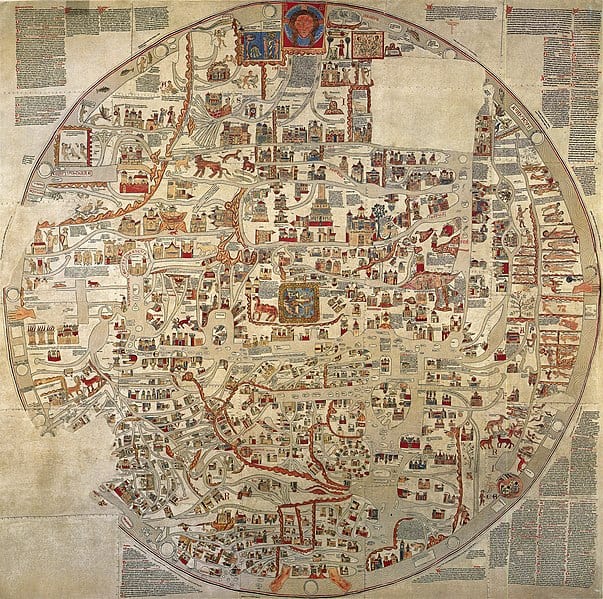
Exploring the world through the eyes of ancient cartographers reveals a fascinating blend of art, science, and history. Read More.
1944 Washington Quarter Value Guide

The 1944 Washington silver quarter is among the most interesting coins to collect. Many coin enthusiasts look for it because of its premium value and composition. Read More.
